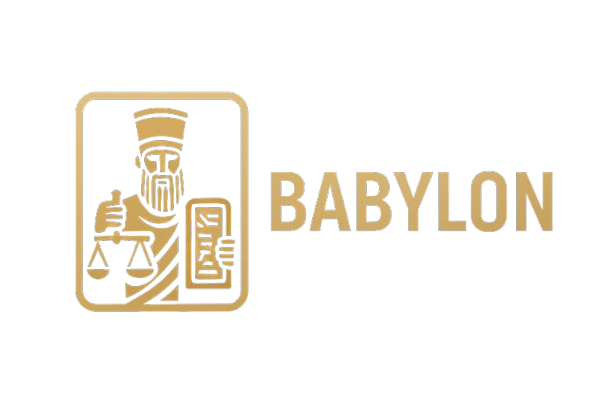Old Babylonian Period (c. 1800–1595 BCE)
The First Dynasty of Babylon
This is the era where Babylon became a regional superpower.
Hammurabi (1792–1750 BCE)
The most famous king of Babylonia.
Major Achievements:
- Conquered Sumer and Akkad, unifying Mesopotamia.
- Created the Code of Hammurabi, one of the world’s oldest written law codes.
- Developed irrigation systems and strengthened the economy.
- Promoted Marduk as supreme god, shaping Babylonian religion.
After Hammurabi’s death, the empire weakened.
Downfall
In 1595 BCE, the Hittites invaded and destroyed Babylon, ending the First Dynasty.
Army
Hammurabi transformed Babylon into a military superpower.
- Professional soldiers with standardized training.
- Bronze armor, shields, composite bows, long spears.
- War chariots pulled by horses (introduced from the steppe).
- Intelligence networks, spies, diplomatic treaties.
- Engineering units for siege warfare (battering rams, sappers).
People & Society
- Highly structured law-based society thanks to the Code of Hammurabi.
- Social classes:
- Upper class (nobility, priests)
- Middle class (merchants, craftsmen, scribes)
- Lower class (laborers, slaves)
- Women could own property, initiate divorce, and run businesses.
- Major urban growth: streets, marketplaces, public buildings.
Religion
- Marduk rises to supreme god of Babylon.
- Great temple: Esagila, and ziggurat Etemenanki (Tower of Babel).
- Religion integrated with law — Shamash was god of justice.
- Rituals: offerings, sacred processions, New Year Festival (Akitu).
Economy
- Highly developed agriculture with state-regulated irrigation.
- Strong trade networks with Assyria, Elam, Mari, and Anatolia.
- Banking practices: loans, interest, contracts, deposits.
- Craft industries: pottery, textiles, metalwork.
Culture
- The world’s first major legal code (Hammurabi’s Code).
- Advances in mathematics, astronomy, and record-keeping.
- Epic literature influenced by Sumer (e.g., Gilgamesh).
- Education in scribal schools.
